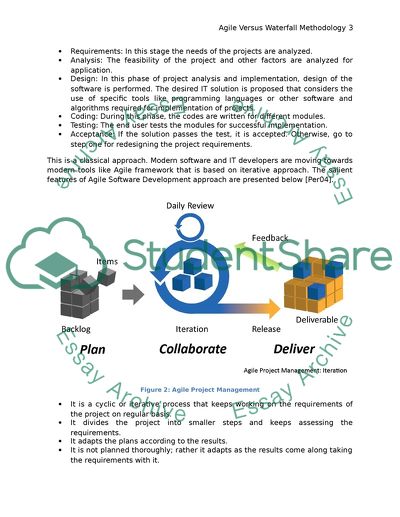Cite this document
(“Agile versus Waterfall Assignment Example | Topics and Well Written Essays - 1250 words”, n.d.)
Retrieved from https://studentshare.org/information-technology/1625500-agile-versus-waterfall
Retrieved from https://studentshare.org/information-technology/1625500-agile-versus-waterfall
(Agile Versus Waterfall Assignment Example | Topics and Well Written Essays - 1250 Words)
https://studentshare.org/information-technology/1625500-agile-versus-waterfall.
https://studentshare.org/information-technology/1625500-agile-versus-waterfall.
“Agile Versus Waterfall Assignment Example | Topics and Well Written Essays - 1250 Words”, n.d. https://studentshare.org/information-technology/1625500-agile-versus-waterfall.


